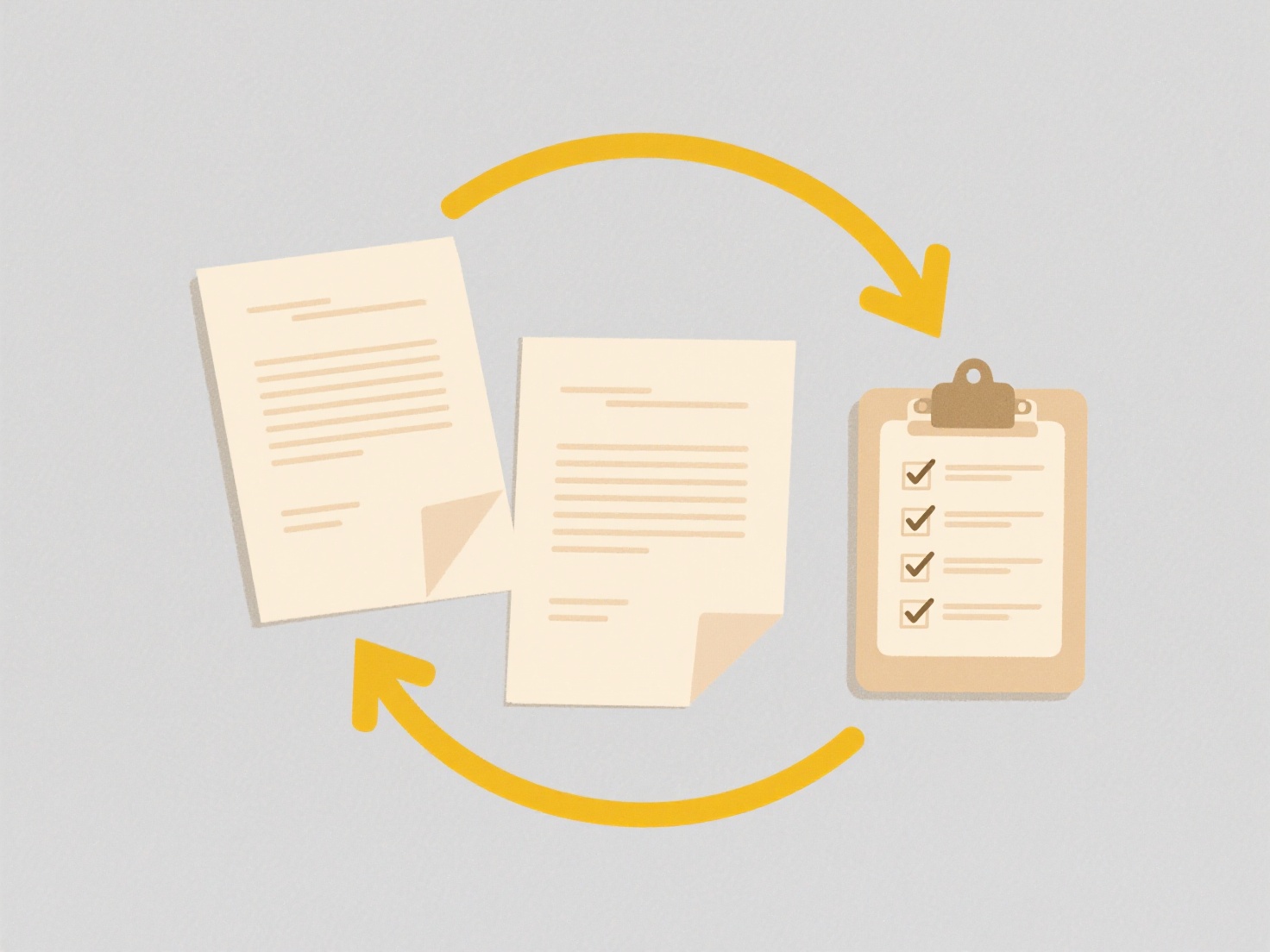
Managing recurring folder creation involves setting up automated processes to generate folders at regular intervals, such as monthly. Instead of manually creating folders like "January_Reports," "February_Reports," etc., tools are used to schedule and execute the creation of these folders based on a predefined pattern and timing. This automates a repetitive organizational task.
This is commonly used for organizing time-bound data. For instance, a finance department might automatically create folders like "2024-03_Expenses" each month to store invoices and statements. A video production team might generate dated folders weekly ("ProjectX_2024_WK10") for raw footage. Users typically leverage operating system tools like Windows Task Scheduler combined with simple batch or PowerShell scripts, or scripting languages like Python. File synchronization services or document management systems may also include scheduling features.

Automating folder creation saves significant time, ensures consistent naming conventions, and reduces human error. Limitations include ensuring the script runs reliably (requiring system permissions and correct scheduling) and handling edge cases like leap years or existing folders. As cloud storage and automated workflows become more prevalent, integrating these tasks into broader enterprise automation platforms is a growing trend for seamless data organization.
How do I manage recurring folder creation (e.g. monthly)?
Managing recurring folder creation involves setting up automated processes to generate folders at regular intervals, such as monthly. Instead of manually creating folders like "January_Reports," "February_Reports," etc., tools are used to schedule and execute the creation of these folders based on a predefined pattern and timing. This automates a repetitive organizational task.
This is commonly used for organizing time-bound data. For instance, a finance department might automatically create folders like "2024-03_Expenses" each month to store invoices and statements. A video production team might generate dated folders weekly ("ProjectX_2024_WK10") for raw footage. Users typically leverage operating system tools like Windows Task Scheduler combined with simple batch or PowerShell scripts, or scripting languages like Python. File synchronization services or document management systems may also include scheduling features.

Automating folder creation saves significant time, ensures consistent naming conventions, and reduces human error. Limitations include ensuring the script runs reliably (requiring system permissions and correct scheduling) and handling edge cases like leap years or existing folders. As cloud storage and automated workflows become more prevalent, integrating these tasks into broader enterprise automation platforms is a growing trend for seamless data organization.
Related Recommendations
Quick Article Links
What is a .gif file?
A GIF file (Graphics Interchange Format) is a type of image file, specifically a compressed raster format that supports ...
Can I unzip files on my phone?
Unzipping refers to extracting files from a compressed archive format like ZIP. Yes, you can unzip files on most modern ...
How do I transfer files between iOS and Android without losing format?
Transferring files between iOS and Android while preserving formatting requires selecting methods that maintain metadata...